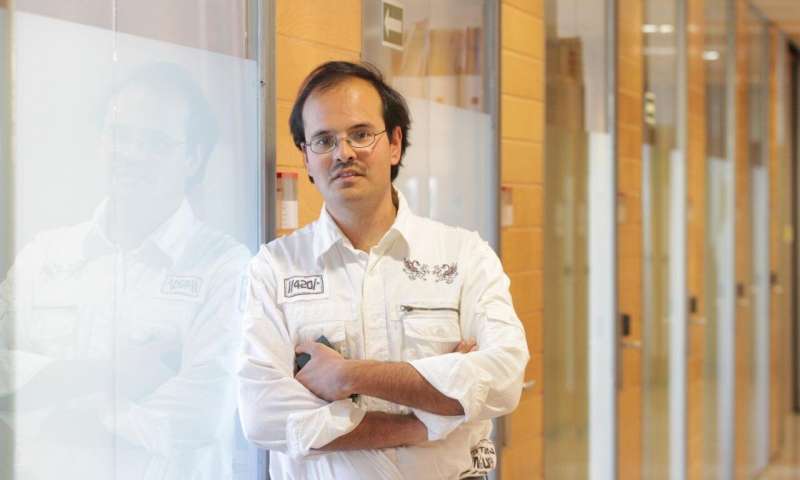Resistance to antibiotics has become a serious public
health problem. Hospital infections, prostheses or surgical
implants that become infected and do not respond to treatment are a
real challenge to the research community, which has been seeking
alternatives for effectively eliminating these bacteria for years.
In 2012 the researchers from the Department of Chemical Engineering
of the Universitat Rovira i Virgili, Vladimir Baulin and Sergey
Pogodin, opened a line of research to develop antibacterial models
that were inspired by insects. The wings of, for example, dragon
flies are made up of complex structures of nanometric geometric
shapes, which are highly efficient at killing bacteria. In their
attempt to understand these forms and reproduce them as new
anti-bacterial materials, a team consisting of Vladimir Baulin,
Marc Werner, from the Leibniz-Institut für Polymerforschung
(Dresden, Germany) and Elena Ivanova from the Australian university
RMIT, discovered that the elasticity of nanopillars is a key factor
because they can retain and release sufficient energy to kill the
bacteria.



